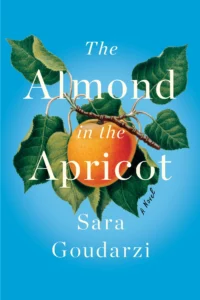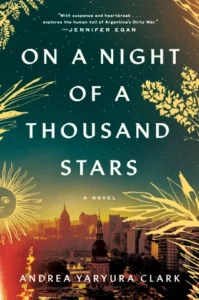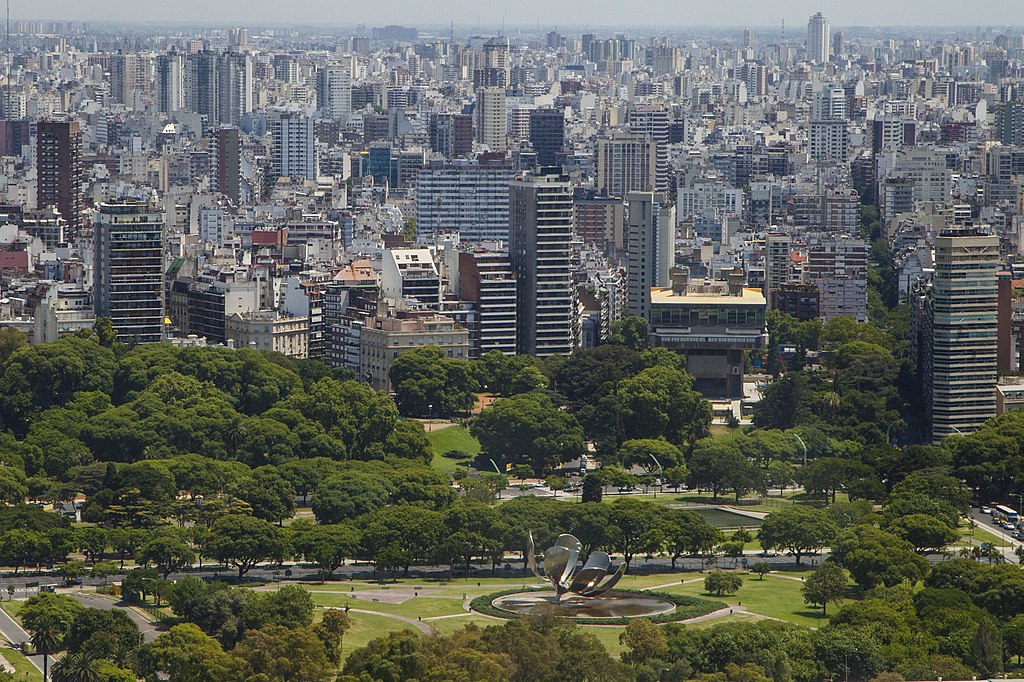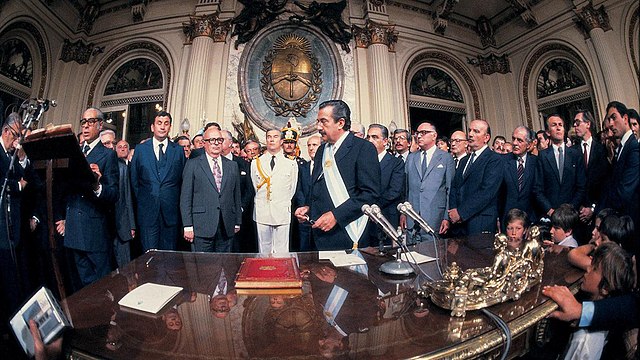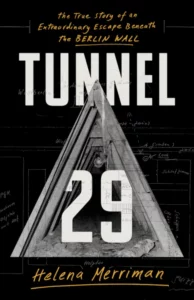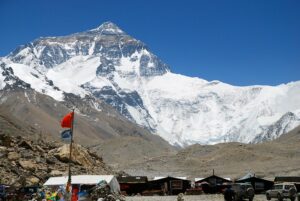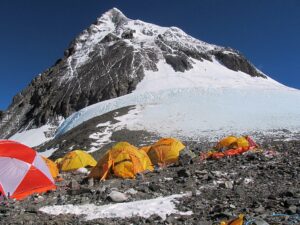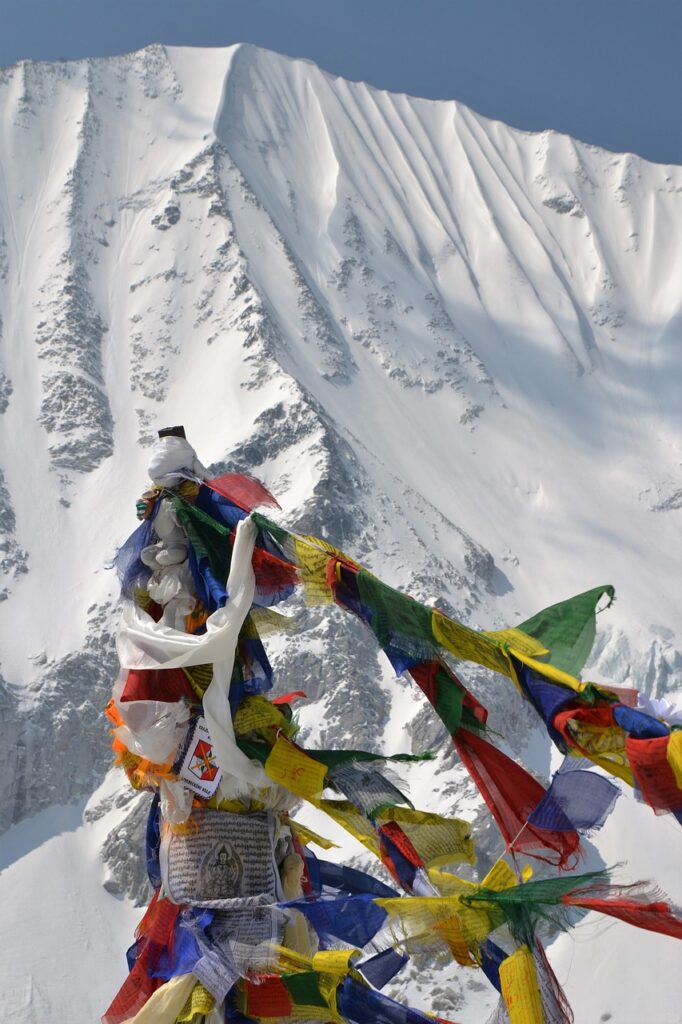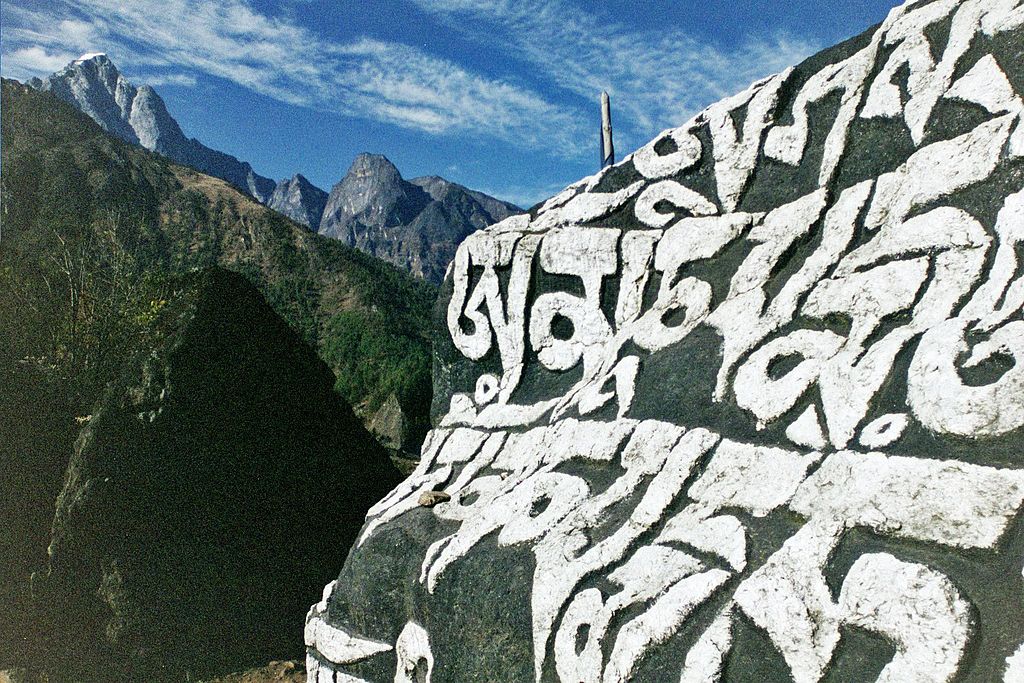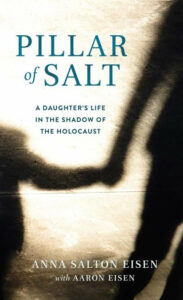

Remembering millions through two different Holocaust survival journeys (Poland, early 1930s to after the end of WWII; Maryland and Connecticut, late 1940s to late 1990s, & afterwards): The world needs saints and miracles.
Here’s how Mother Teresa explained the psychology of numbers – how monumental catastrophes in the millions don’t affect us like individual ones:
“If I look at the mass I will never act. If I look at the one, I will.”
Is that why we’re in a golden era of memoirs? If we share our personal Herculean hardships, the world might be more compassionate?
Today is Holocaust Remembrance Day. Anna Salton Eisen in her first-hand account of her parents, especially her father’s, Holocaust stories in Pillar of Salt, and Rebecca Frankel’s second-hand telling of the story of the Rabinowitz family’s Holocaust survival in Into the Forest want us to never forget what happened to six million Jewish people humiliated, terrorized, tortured, and murdered in the darkest of times.
You’ll feel emotionally pained by both, and praise both since greater awareness can lead to increased activism and public outcry. Unknowingly, they also intensify the world’s shared pain aghast at the emptiness of the “Never Again” chant watching in horror the atrocities perpetrated on the Ukrainian people by another brutal dictator. Putin chillingly seems hell-bent on doing what Hitler did to millions – wiping Jewish people “from the face of the earth.”
As we remember the millions of lives lost that we cannot fathom but do so through the lives of two Jewish families, Eisen wants us to also remember another five million more wiped out: non-Jewish people, including ethnic groups like the Romani and Slavic peoples; religious groups like the Jehovah’s Witnesses; essentially anyone they deemed “socially aberrant”; and enemies of the State.
Poland is the country where the greatest number of Jewish people were erased: three million. Poland is also the Holocaust setting of both books. In two small villages and two ghettos near each, and concentration camps spread out.
One, Zhetel, was “once a very happy little Jewish town” in northeastern Poland where Miriam, Morris, and their daughters Rochelah/Rochel (Ruth in America) and Tania (Toby) happily lived (surrounded by their large extended families) until they were driven out to live under intolerable conditions at the Zhetel ghetto. The other, the Salton family (Eisen’s father George, brother Manek, and their parents) lived in southwestern Poland in Tyczyn, the region known as Galicia (which extends into western Ukraine including Lviv), until they were forced into the Rzeszów ghetto.
Ghettoization was the first collective step towards dehumanizing the Jewish people. Many families crammed into the same tiny living spaces, never knowing when the Nazis would come and deport them to concentration camps: six extermination camps and over 1,000 labor camps. It’s from the ghettos that the Rabinowitz and Salton stories dramatically diverge.
The four Rabinowitzs run into the forest. George Salton’s parents are sent to the “death camps.” He also got separated from his brother, never seeing his family again. Being with your immediate family during horrific trauma and upheaval provides inner strength, but hiding out in a forest for several years and surviving is remarkable. Also stunning is that without any family George Salton endured TEN labor camps. (He hadn’t met Eisen’s mother Ruth until after the war; she was sent to Siberia.) Both family survival stories are mind-boggling.
The forest is the Białowieża Forest. “One of the earth’s last remaining primeval woodlands,” split between Poland and Belarus, today a UNESCO World Heritage site. They managed to survive in an “underground village” dug four feet into the ground called zemlyanki, a Russian word that means “dugout.” Morris Rabinowitz had been in the lumber business so he knew woods, so many people followed him there. Who, though, could prepare anyone for the massacres and living-on-the-edge with barely anything? Miriam was resourceful too, having owned a drugstore that carried a little of everything. Still, it’s a miracle their daughters sustained a “remarkable amount of childlike wonder in the brutal forest reality.”
As a whole, Holocaust survivors didn’t talk about what they went through. The Rabinowitzs also stand out because they “talked about it all the time,” whereas Salton Eisen lived in a silent home with “undercurrents of mourning” sensing her “gloomy heritage” but not being told. Until one day in her twenties, she cries out, “For G-d’s sake, Dad. What did they do to you?”
Which may help to explain why Eisen’s childhood, adolescence, and adulthood come across as more psychologically devastating than daughters Ruth and Toby. By the time Eisen was about eight, she’d internalized the silence and pain she saw in her father’s eyes into nightmares, fears of “separation” and “abandonment,” and “isolation” as she didn’t know any family like hers. Although her father rose to a senior position at the Defense Department, and her homemaking mother was an extraordinary cook making sure her family was always well-fed and turning her skills into a catering business – fitting the sixties and suburban Maryland – when she discovers something of her father’s (no spoilers) in his nightstand she confirms his sinister wartime experiences. Instead of acting like a typical middle school kid, she delves into researching the Holocaust but tells no one. Her memoir tracks her awakening, deepening, and growing activism that continues today.
So much stuns in these memoirs, including discovering that Eisen is the founder of the synagogue in Texas (where she lives now) in the news a few months ago when an anti-Semitic terrorist held four members of the Congregation Beth Israel including the rabbi hostage.
We may want to look away from all of this, but how can we? Eisen points out these stories must be told “for the sake of history and the future of humanity.” Morally and existentially, she continues to say that “with freedom comes responsibility.” Her memoir may be spare on words (less than 200 pages), but she doesn’t spare the emotions. Frankel’s approach consumes more than twice as many pages (374, plus another seventy pages of detailed notes), describing relatively unknown history that also emotionally affects us.
Another difference between the two memoirs is that Frankel’s is a second-hand account told to her through daughters of Holocaust survivors who survived with them. How she connects with them is fascinating and miraculously coincidental, along with another amazing coincidence. Into the Forest, then, reads more story-like in the sense that there’s a Prologue, a before the war, a during the war, an after the war, and an Epilogue – the full arc of a novel in that respect. Frankel’s lyrical descriptions of the beauty of the forest are so discordant with what happened in the forest.
Eisen’s memoir of the during-the-war years would have been blank had her pleas to her father gone unanswered. He not only opens up but returns to Poland for the first time with his family. Her prose is more sorrowful in its rawness, less embellished although sometimes she expresses her profound emotions poetically. (Her Holocaust poems have been published.)
Into the Forest describes two relatively unknown underground resistance movements in the ghettos and after the war. Eisen makes reference to these but she concentrates on, “how it must feel to carry so much pain”? Today she’s a mental health therapist specializing in trauma. Her activism continues as her memoir is being adapted into a documentary planned for release this summer, In My Father’s Words. No doubt her father’s memoir, The 23rd Psalm, will also feed into it.
Both memoirs exemplify Eisen’s dedication. How vital for history and humanity is “the importance of memory.”
Lorraine
